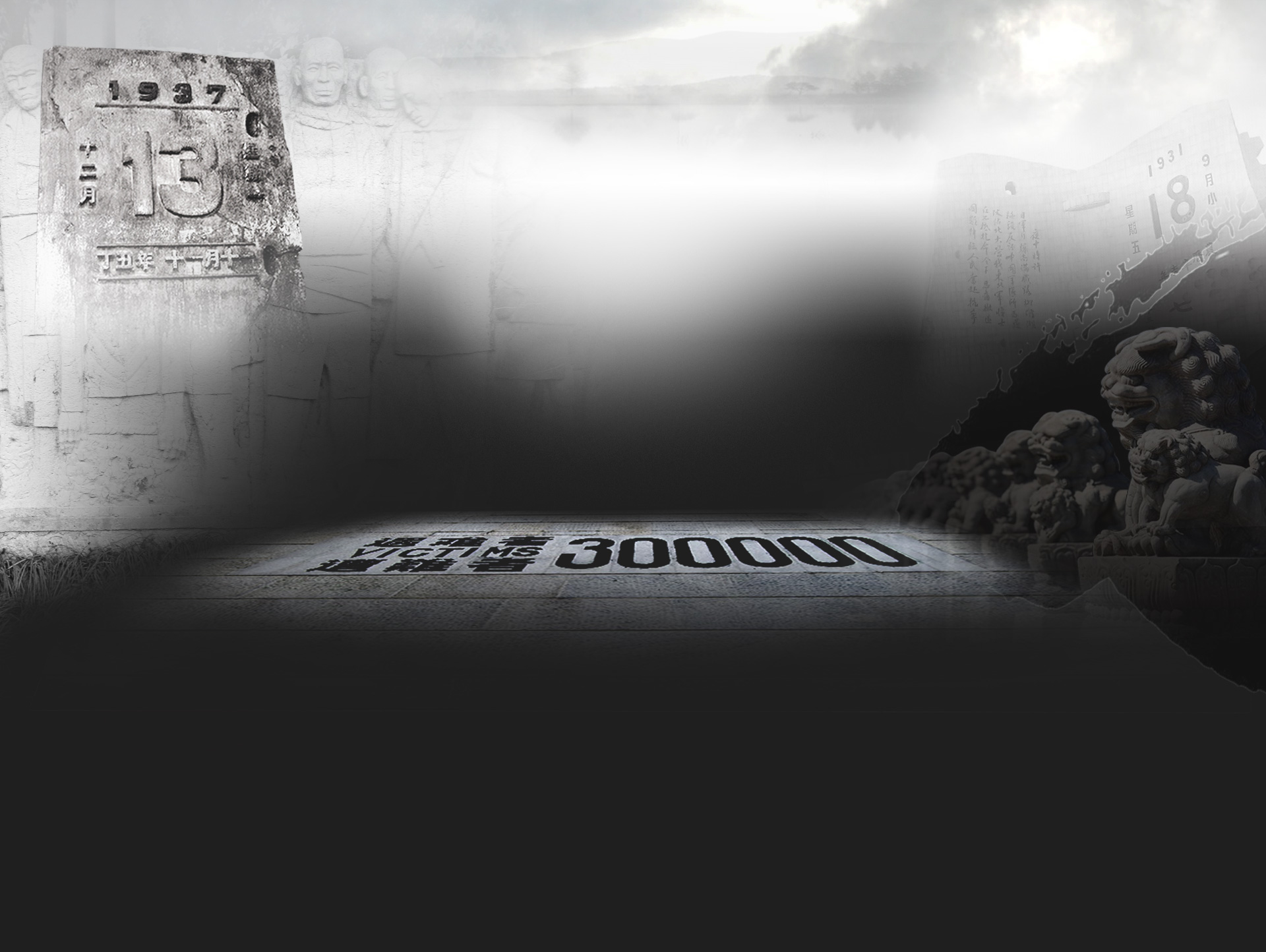LOS ANGELES, Jan. 3 (Xinhua) -- The U.S. first Nanjing Massacre themed museum, L.A. Memorial Hall of American Heroes during Nanjing Massacre, has opened in Los Angeles.
The memorial hall, inaugurated on Dec. 31, 2015, the year marking the 70th anniversary of WWII victory, honored 22 Americans who risked their lives to stay in Nanjing and help Chinese people during Nanjing Massacre.
From Dec. 13, 1937 to January 1938, more than 300,000 Chinese civilians and unarmed soldiers were killed in the massacre carried out by Japanese invaders after the city fell into the hands of the Japanese army.
One of the photos displayed at the memorial hall shows Dr. Robert O. Wilson was treating a 14-year-old boy in Gulou Hospital. The boy was seriously stabbed in his right leg by the bayonet of a Japanese soldier.
Wilson was the only foreign surgeon during Nanjing Massacre, who saved thousands of Chinese people, according to his daughter Marge Garrett.
Garrett said his father sent her mother and sister to the United States before the Japanese invasion and told her mother: "The Chinese are my people. I can't leave my people...I am a surgeon. I have to stay and take care of my people."
During that darkest time in Nanjing, many foreigners like Garrett saved a lot of local lives while witnessing the brutal holocaust by Japanese soldiers.
Lewis S. C. Smythe, professor of sociology with Nanjing University, also served as the secretary of the International Committee for the Nanjing Safety Zone and was a member of International Red Cross Committee of Nanjing. One of his letters to his wife is being exhibited at the memorial hall.
In the letter written on Dec. 23, 1937, Smythe said: "The Japanese soldiers took 200 people from the refugee camp...and shot them to death, some of them may be soldiers, but it was said that more than half of them were ordinary people. We hope the wrath of Japanese was done and there will be no more shooting...Today another man came back, his face was severely burnt, which may result in blindness. He said 140 of them were binded together, poured with gasoline and fired! It was horrible!"
From 335 photos, 94 historical objects and 115 books and videos, the memorial hall is to show the world what the truth is on Nanjing Massacre, and what the cruel Japanese soldiers did during that time.
"There are many people in the world who do not know about the historical fact of Nanjing Massacre, especially people overseas. So we need not only to inform people in China, more importantly, we have to let people outside China know about the truth," said Zhu Chengshan, co-curator of the memorial hall.
